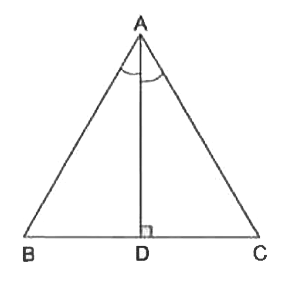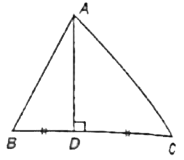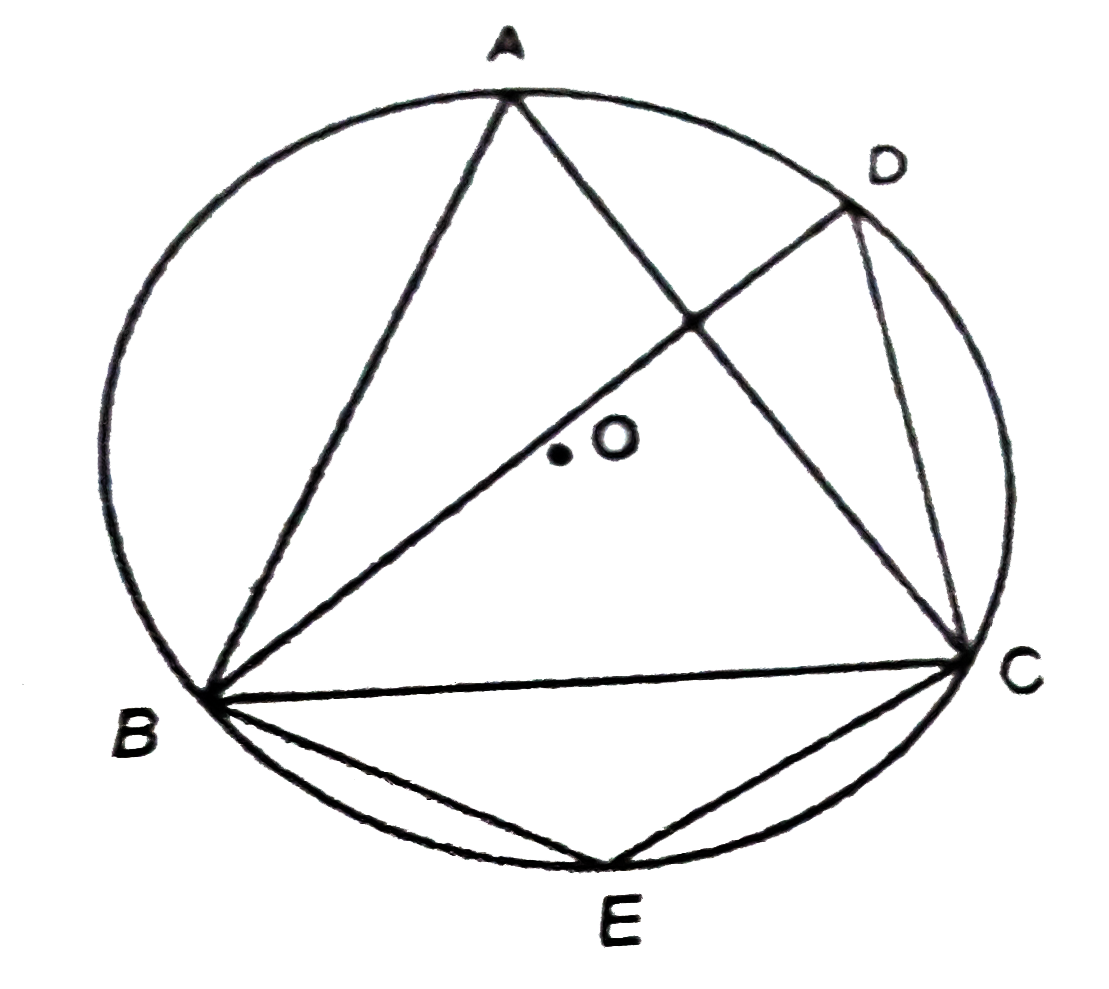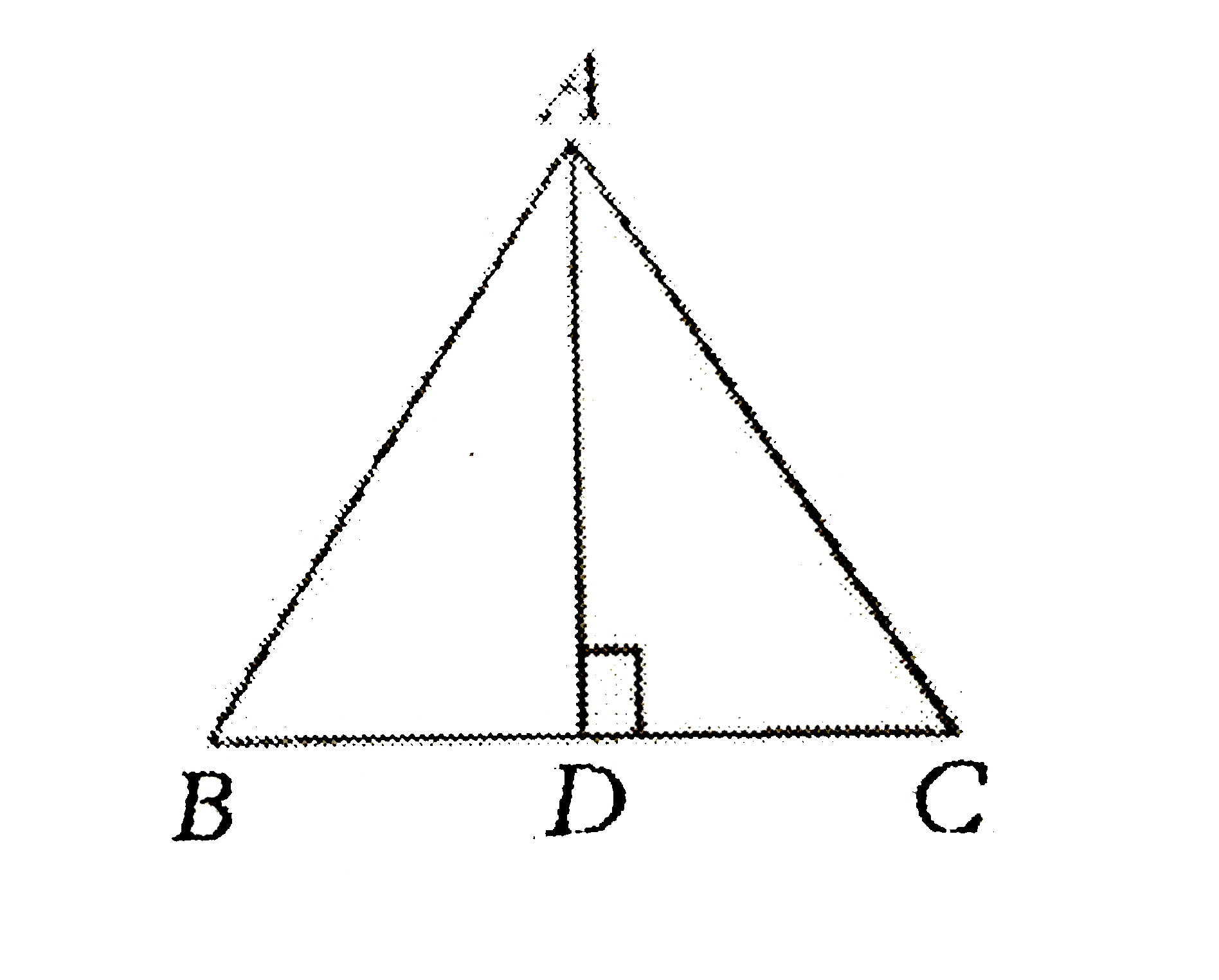In the adjoining figure, ABC is a triangle in which AD is the bisector of . If , show that is isosceles.

Step by step video & image solution for In the adjoining figure, ABC is a triangle in which AD is the bisector of /_ A. If AD bot BC, show that /_\ ABC is isosceles. by Maths experts to help you in doubts & scoring excellent marks in Class 7 exams.
Updated on:21/07/2023Topper's Solved these Questions
- CONGRUENCEBook:RS AGGARWALChapter:CONGRUENCEExercise:EXERCISE
Explore 18 Videos
- COLLECTION AND ORGANISATION OF DATA (MEAN, MEDIAN AND MODE)Book:RS AGGARWALChapter:COLLECTION AND ORGANISATION OF DATA (MEAN, MEDIAN AND MODE)Exercise:EXERCISE 21C
Explore 5 Videos
- CONSTRUCTIONSBook:RS AGGARWALChapter:CONSTRUCTIONSExercise:TEST PAPER (True/False)
Explore 4 Videos
Similar Questions
Knowledge Check
In the adjoining figure, if ABC is a triangle in which AD is the bisector of ∠A. If AD⊥BC, then
 AΔABC is an isosceles triangleBΔABC is an equilateral triangleCΔABC is an scalene triangleDBD = AC
AΔABC is an isosceles triangleBΔABC is an equilateral triangleCΔABC is an scalene triangleDBD = ACIn the adjoning figure of ΔABC,AD is the perpendicular bisector of side BC. The triangle ABC is :
 Aright angledBisoscelesCscaleneDequilateral
Aright angledBisoscelesCscaleneDequilateral
In the adjoining figure, ΔABC is an isosceles triangle in which AB = AC and AD is the bisector of ∠A. Prove that:

ΔADB≅ΔADC
View SolutionIn the adjoining figure, ΔABC is an isosceles triangle in which AB = AC and AD is the bisector of ∠A. Prove that:

∠B=∠C
View SolutionIn the adjoining figure, ABC is an isosceles triangle in which AB = AC. Also, D is a point such that BD = CD. Prove that AD bisects ∠A and ∠D
View SolutionIn the adjoining figure, ΔABC is an isosceles triangle. Find the value of ∠BDC and ∠BEC.

View SolutionABC is a right triangle with AB = AC.If bisector of ∠A meet BC at D then prove that BC =2 AD .
View Solution
In the figure above, ABC is a triangle in which BC=10 cm and AC=13 cm. If AD is the perpendicular bisector of BC, then find the length of AD.
View Solution


